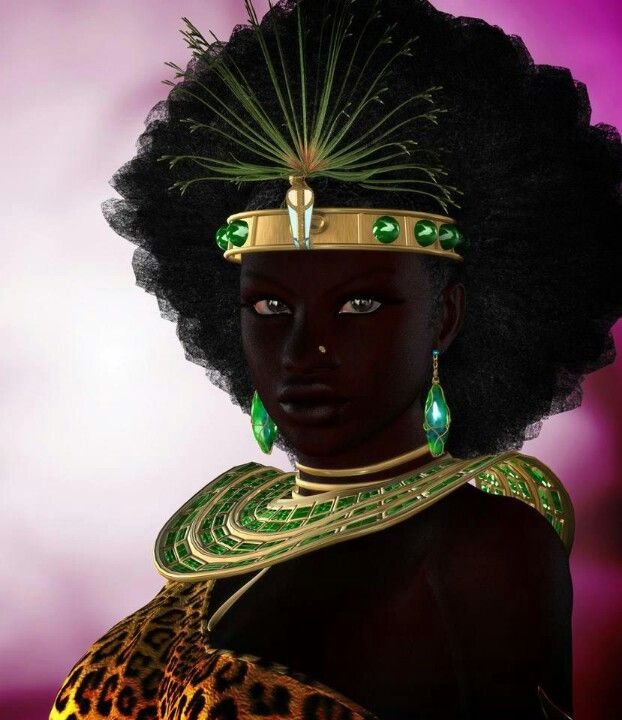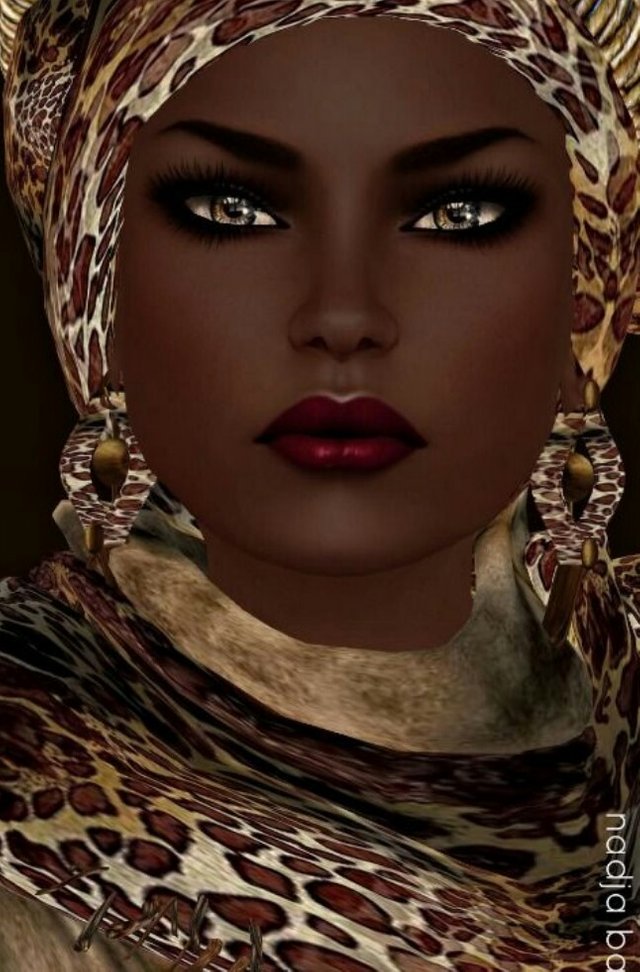100 GREATEST AFRICANS OF ALL TIME: QUEEN OF SHEBA
A powerful Ethiopian monarch who swept King Solomon of the Bible off his feet with her beauty. One of the best known queens in history.

The queen of Sheba, came to Jerusalem “with a very great retinue, with camels bearing spices, and very much gold, and precious stones” (I Kings 10:2). “Never again came such an abundance of spices” (10:10; II Chron. 9:1–9) as those she gave to Solomon. She came “to prove him with hard questions,” which Solomon answered to her satisfaction. They exchanged gifts, after which she returned to her land.
Virtually all modern scholars agree that Sheba was the South Arabian kingdom of Saba, centered around the oasis of Marib, in present-day Yemen.
Sheba was quite known in the classical world, and its country was called Arabia Felix. Around the middle of the first millennium B.C., there were Sabaeans also in the Horn of Africa, in the area that later became the realm of Aksum. There are five places in the Bible where the writer distinguishes Sheba, i. e. the Yemenite Sabaeans, from Seba, i. e. the African Sabaeans. In Ps. 72:10 they are mentioned together: “the kings of Sheba and Seba shall offer gifts”. This spelling differentiation, however, may be purely factitious; the indigenous inscriptions make no such difference, and both Yemenite and African Sabaeans are there spelt in exactly the same way.

The alphabetic inscriptions from South Arabia furnish no evidence for women rulers, but Assyrian inscriptions repeatedly mention Arab queens in the north. Queens are well attested in Arabia, though according to Kitchen, not after 690 B.C. Furthermore, Sabaean tribes knew the title of mqtwyt (high official). Makada or Makueda, the personal name of the queen in Ethiopian legend, might be interpreted as a popular rendering of the title of mqtwyt. This title may be derived from Ancient Egyptian m’kit “protectress, housewife”.
The queen’s visit could have been a trade mission. Early South Arabian trade with Mesopotamia involving wood and spices transported by camels is attested in the early ninth century B.C. and may have begun as early as the tenth.
.jpg)
The ancient Sabaic Awwām Temple, known in folklore as Maḥram (the Sanctuary of) Bilqīs, was recently excavated by archaeologists, but no trace of Queen of Sheba has been discovered so far in the many inscriptions found there.
**N.B.
All pictures are artists impressions courtesy creative commons and pintress.
What do you think of the various artists' impression about the famous queen? Which of them do you think may be near to the real face of the queen?**

just Dm me in steemit if you need help or of shortage in Upvotes.
Thank you very much mate.
Where do you think she was buried, there is a tomb in ogun state nigeria believed to be that of bilquis know in yoruba as biliquis sungbo
Great presentation post of Queen of Sheba. Nice post, @ojebaba.
It is always nice to read stories about great historical persons.
Very nice post